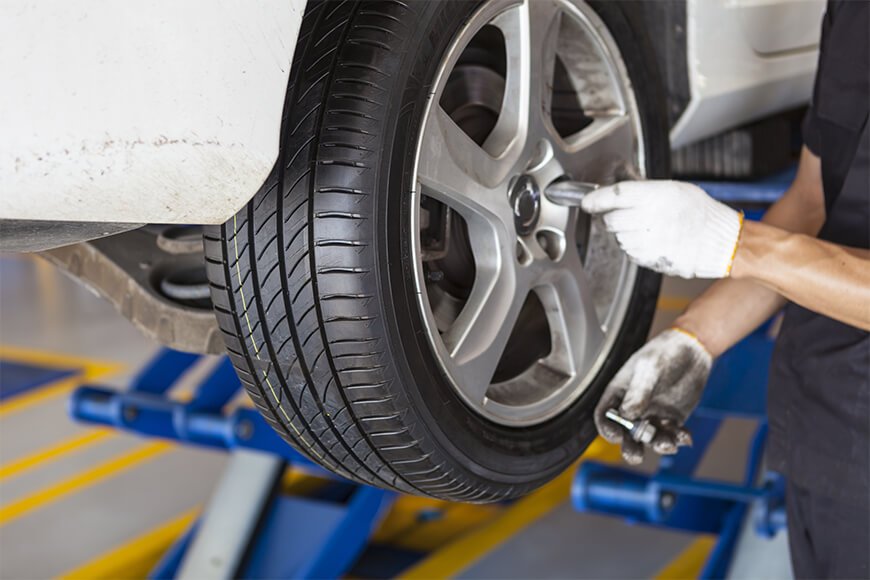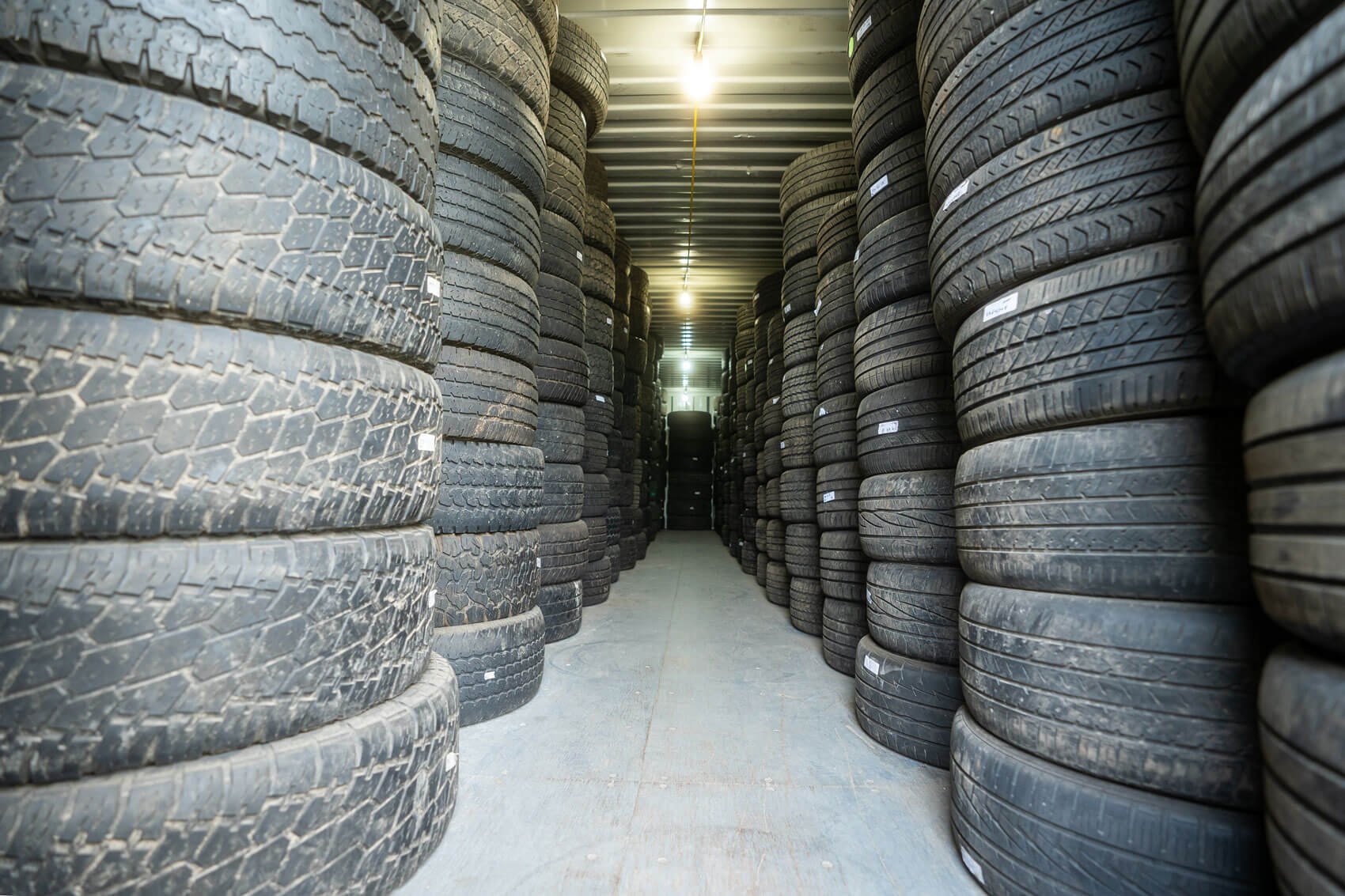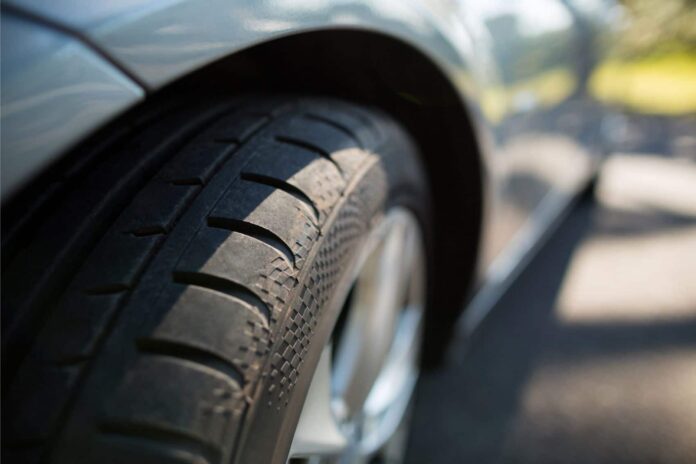When it comes to vehicle maintenance, one of the recurring expenses is tire replacement. Drivers often face the dilemma of whether to purchase new tires or opt for used ones.
The allure of saving money with used tires is tempting, but is it really cheaper in the long run? If you are interested in buying used winter tires, the first thing to do is to check local well-known suppliers.
Let’s delve into the economics of used tires to understand if they are a cost-effective choice.
Initial Cost Savings

The most apparent advantage of buying used tires is the lower initial cost. Used tires are significantly cheaper than new ones, sometimes costing as little as half the price. For budget-conscious drivers, this upfront saving can be quite attractive, especially if immediate replacement is necessary due to an unexpected tire failure.
Short-Term vs. Long-Term Costs
While the initial cost of used tires is lower, it’s essential to consider the long-term financial implications. Used tires have already endured wear and tear, reducing their lifespan compared to new tires.
This means you’ll need to replace them sooner, potentially leading to more frequent purchases. Over time, these repeated expenses can add up, potentially costing more than if you had invested in new tires initially.
Safety Considerations
Safety is a critical factor when evaluating the cost-effectiveness of used tires. Tires play a crucial role in vehicle performance, affecting handling, braking, and overall safety.
Used tires, especially those with unknown histories, might have hidden damages or uneven wear that can compromise safety. Investing in new tires ensures you get the full lifespan and performance, providing peace of mind and reducing the risk of accidents.
Performance and Efficiency

New tires are designed with the latest technology and materials, ensuring optimal performance and fuel efficiency. Used tires may not offer the same level of performance, which can affect your driving experience.
Poor tire performance can lead to increased fuel consumption, offsetting the initial savings from purchasing used tires. Additionally, uneven wear on used tires can cause vibrations and noise, leading to a less comfortable ride.
Environmental Impact
One of the often-overlooked aspects of the tire economy is the environmental impact. While reusing tires is eco-friendly in terms of reducing waste, it also means that more resources are used in the production and disposal of tires over time.
New tires, designed to last longer and perform better, can help reduce the frequency of tire replacements, thereby lessening the environmental footprint.
Hidden Costs

Used tires may come with hidden costs that aren’t immediately apparent. These can include additional fees for mounting and balancing, alignment issues caused by uneven wear, and the potential for unforeseen repairs if a used tire fails prematurely.
New tires typically come with warranties and guarantees, offering protection against defects and premature wear, which is not always the case with used tires.
Conclusion
The decision to purchase used tires ultimately depends on your immediate financial situation and driving needs. While the lower initial cost is appealing, it’s crucial to consider the long-term economic implications, safety concerns, and performance trade-offs.
In many cases, investing in new tires can be more cost-effective and beneficial in the long run, providing better safety, performance, and peace of mind. When making your decision, weigh all these factors carefully to determine the best option for your vehicle and budget.







